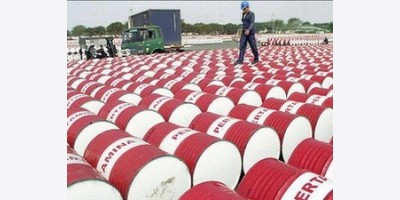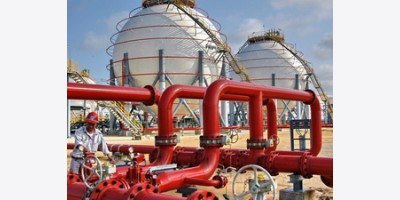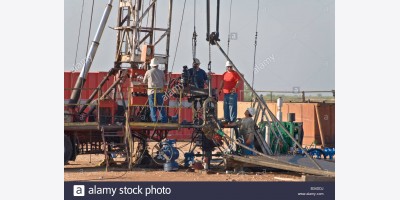Oil prices crashed last week only to rebound at lightning speed. On August 28, oil prices surged 10 percent, the largest one-day gain in seven years. So, what happens next for oil prices?
On the face of it, the crash and massive rebound makes little sense, with many oil market analysts undoubtedly left shaking their heads.
But there is a logic to what unfolded, just not the logic of the physical market for crude. Oil prices, as if we needed a reminder, are largely driven by speculation. Why else would oil prices plummet by five percent, then spike by 10 percent just a few days later? Not much changed in terms of actual supply and demand of oil in the intervening days.
Sure, Royal Dutch Shell declared force majeure on some oil shipments from Nigeria, as two pipelines had to be shut down. That could interrupt some oil supplies. But other than that, the physical market for crude didn’t see a whole lot of change in just a few days’ time.
In financial markets, however, a lot changed. Last Monday, fears that the meltdown of China’s stock market would lead to global contagion sparked a worldwide sell off. Crude prices suffered a massive one-day fall.
Several days later, on August 26, the EIA reported that oil storage levels declined by 5.4 million barrels for the week, the steepest drop in weeks. That stopped crude prices from sliding further. Then on August 27, the U.S. Department of Commerce reported surprisingly strong GDP figures – the U.S. economy expanded at an annualized rate of 3.7 percent, a huge upward revision from previous estimates. Oil prices shot up by more than 10 percent, the largest gain since 2008.
But it wasn’t just the inventory data and the GDP figures, which are ostensibly linked to physical realities in the market. Lower inventories and higher GDP point to actual demand for oil moving higher.
The rally went beyond those factors, however. In fact, much of the gain was related to speculative movements and the decisions of oil traders moving barrels of oil on paper. Speculators had taken a near-record level of short positions on oil, predicting that oil prices would continue to fall. And they did fall, for about two months between June and August. However, with such a large preponderance of short positions, the timing was right for a correction.
The GDP figures arguably was a spark, but the huge covering of short positions was the real reason that oil prices jumped by 10 percent. Reuters analyst John Kemp has watched this situation closely and had been expecting a correction was coming, although the timing and magnitude were impossible to predict. He noted in an Aug. 17 column that traders were taking more and more short positions through July and August even though prices continued to fall. Short positions totaled the equivalent of 193 million barrels of oil as of mid-August.
Such a phenomenon is counterintuitive because as prices fall, there is less room for them to fall further. If prices are already low, at some point they are theoretically nearing a bottom, so traders should logically start to pull back from their short positions. But short positions continued to mount. Kemp noted that between July 16 and August 11, WTI lost 28 percent, but short positions increased from 83 to 193 million barrels. In other words oil prices tanked, but more and more traders expected them to tank further.
That was an unsustainable trend. At some point it had to reverse. “But remaining so bearish when prices are already low is risky since a short-covering rally could commence at any time and experience suggests it does not require a fundamental trigger, just a shift in the balance of opinion,” Kemp wrote presciently on August 17.
Last week that short-covering rally commenced, and oil prices shot up 10 percent.
The seesaw in prices is a reminder how detached price movements are from the fundamentals. Prices do rise and fall based off of some vague notion of what’s going on in the physical market. For example, if it appears that supply is exceeding demand, oil prices will drop. But they could drop way beyond what is justified, as traders push prices lower. Then, once speculators realize the market has oversold, prices whipsaw back in the other direction, even if the surplus in the physical market remains.
“It's all very similar to blackjack,” Thomas Rollinger, the chief investment officer of Chicago-based Red Rock Capital, told Reuters, referring to the risk of oil speculation. “Basically you're not going to win at every hand.”
By Nick Cunningham, Oilprice.com























